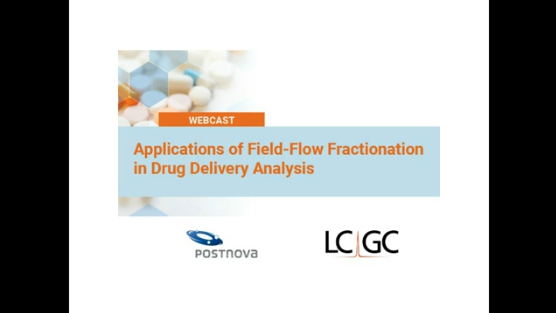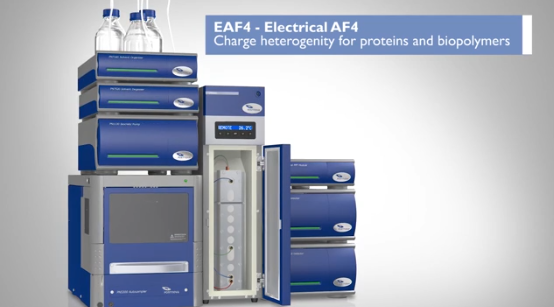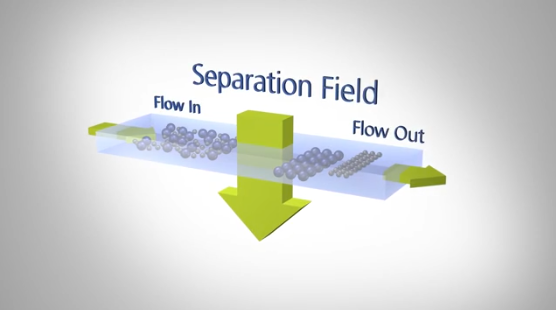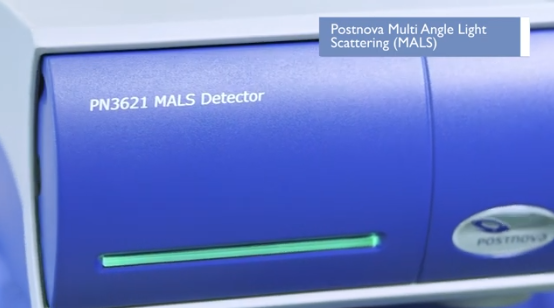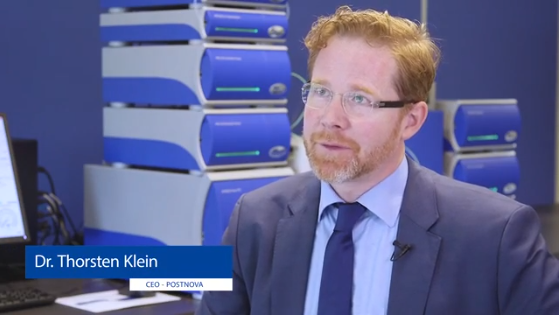This webcast demonstrates that field-flow fractionation (FFF) interfaced with multi-angle light scattering (MALS) and other detectors is an ideal tool for characterization of different drug delivery systems, including liposomes and adeno-associated viruses.
In particular, we will discuss how:
• Properties like size and surface charge of liposomal doxorubicin can be measured by electrical asymmetrical flow FFF interfaced with a MALS detector in the course of few runs
• Different serotypes of adeno-associated viruses (AAV) and their aggregation behavior when they are exposed to heat can be studied using asymmetrical flow FFF-MALS
• Centrifugal FFF can be used to measure the mass difference between empty and filled liposomes
• Centrifugal FFF coupled to MALS can measure liposome density by measuring its mass and size simultaneously in a single run
Key Learning Objective:
• How electrical asymmetrical flow FFF works, and how it can reveal information about size and surface charge of liposomal drug delivery systems
• How different AAV serotypes aggregate when they are exposed to heat, and how flow FFF can separate aggregates and fragments from monomers
• How centrifugal FFF works, and how it can measure masses of empty and drug-loaded liposomes

